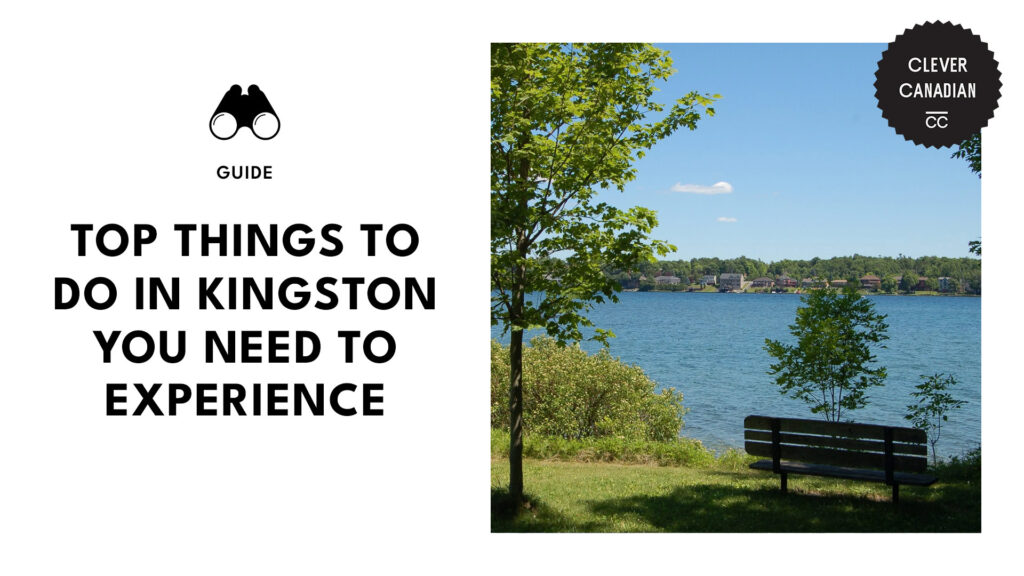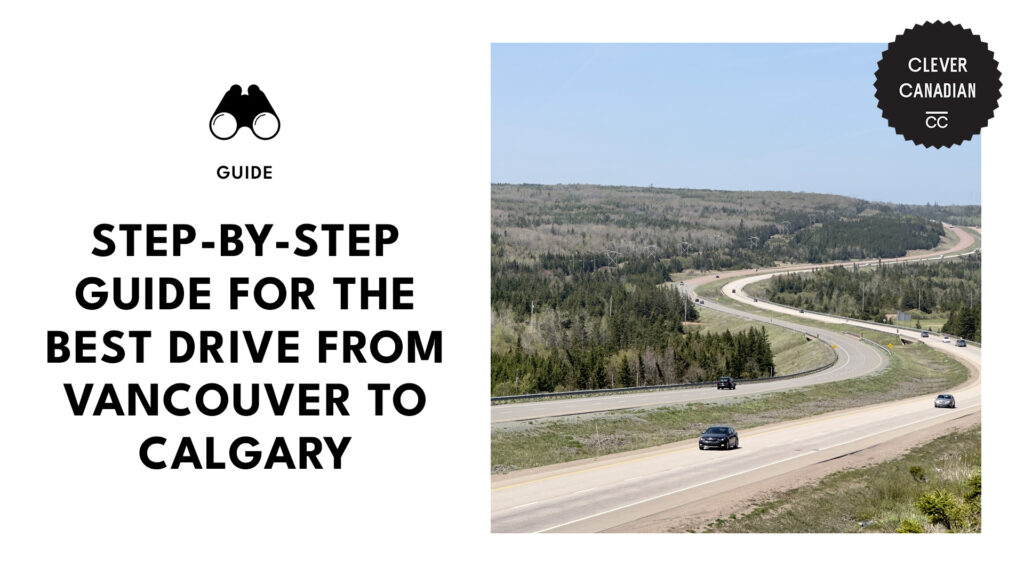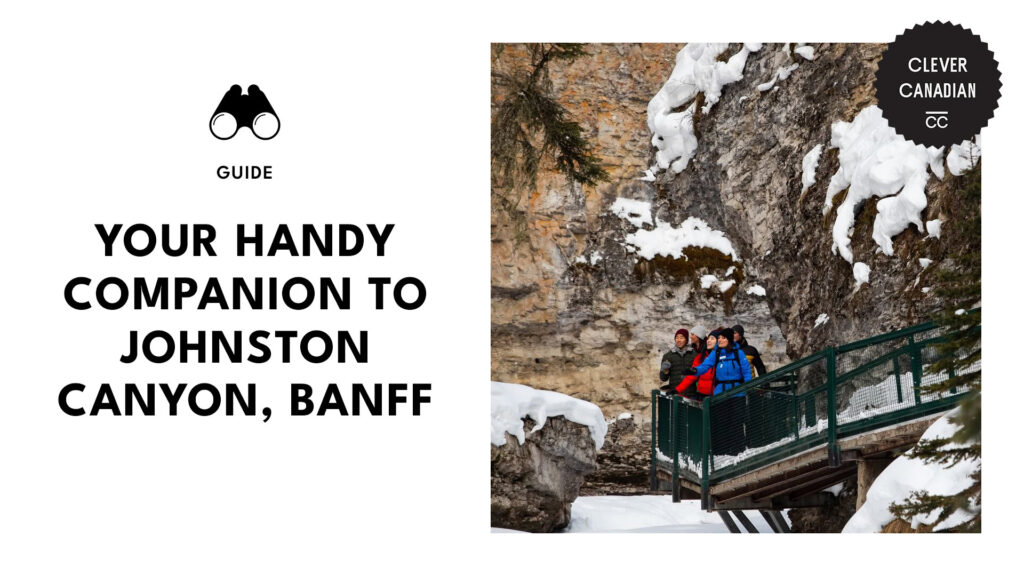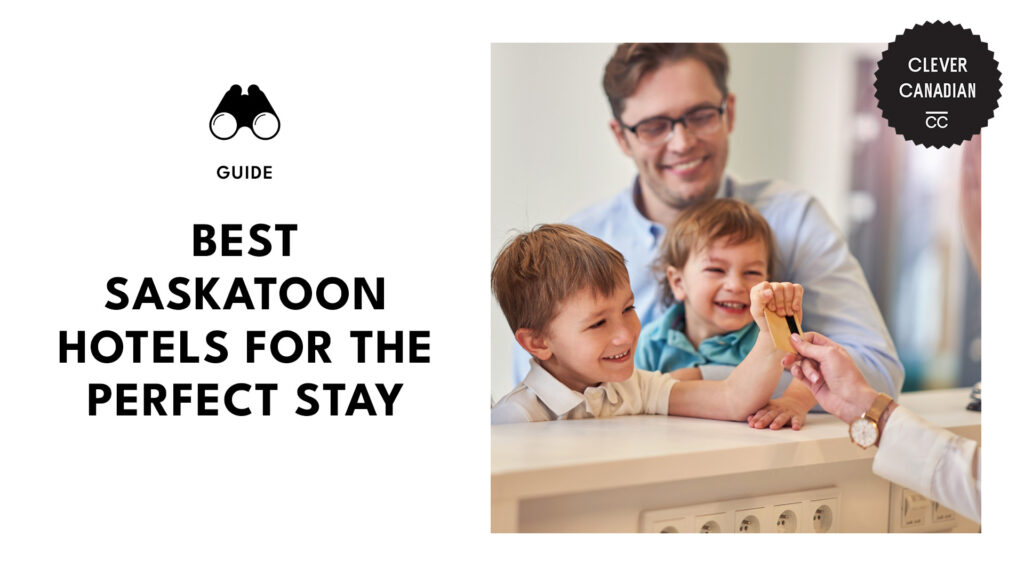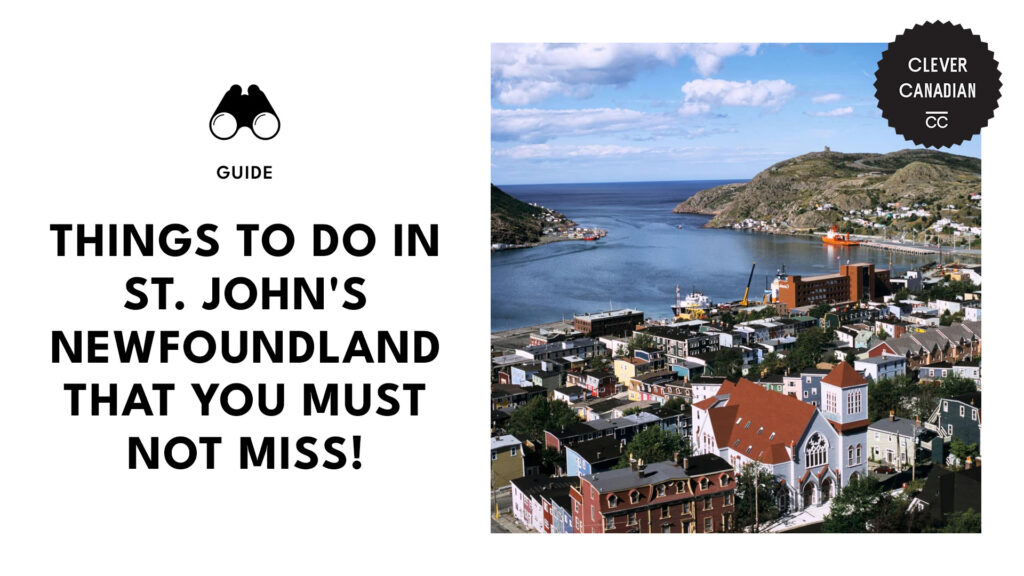Categories > Guides and Tips
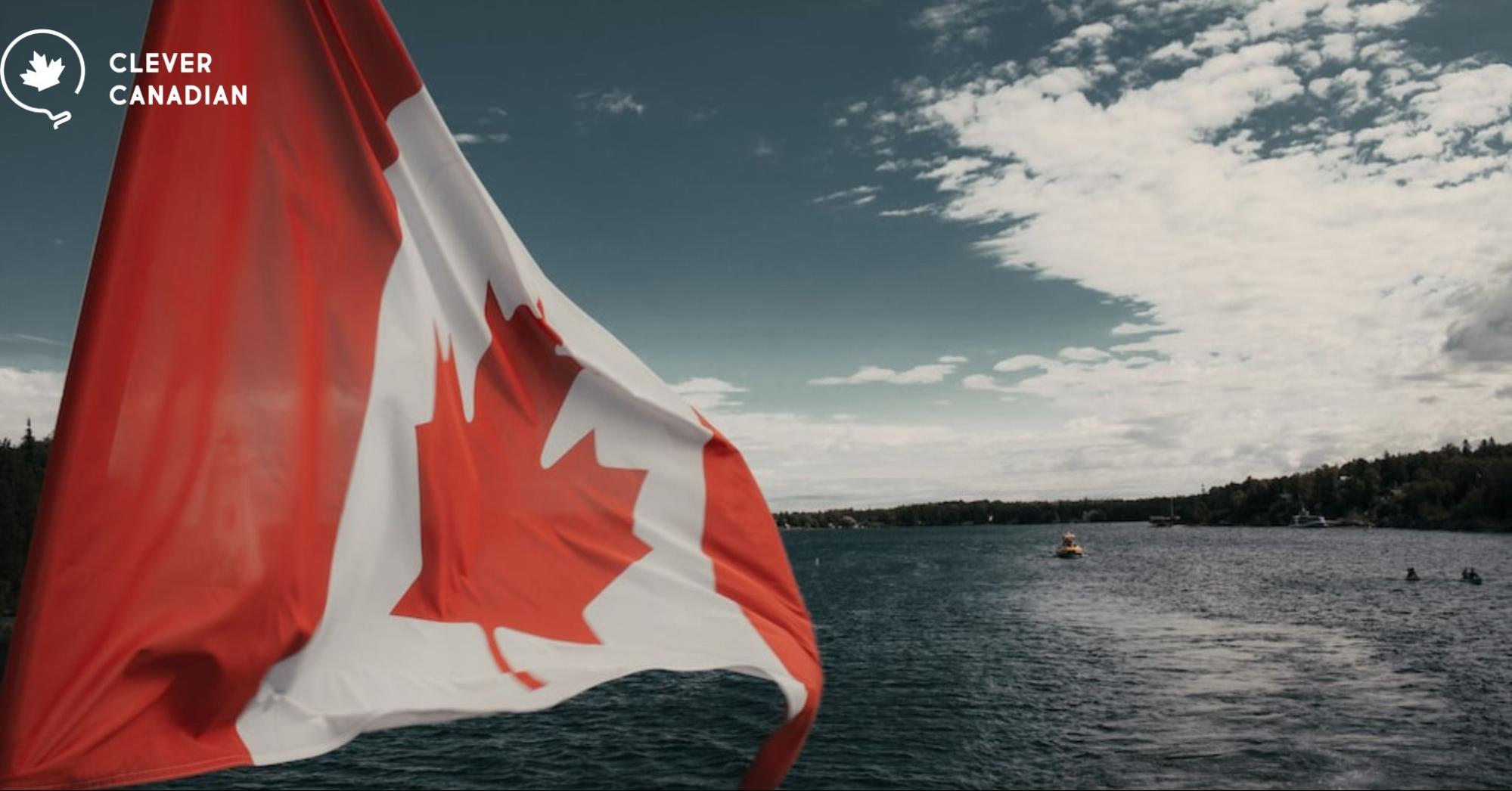
8 Things You Should Never Do In Canada
- Don't talk about Canada's colonial past.
- Don’t feed the wildlife.
- Don’t forget to return an apology.
- Don’t underestimate border security.
- Don’t say anything bad about maple syrup.
- History
- Economic Influence
- Do not bring a gun to Canada without proper paperwork.
- Authorization to Transport (ATT)
- Temporary Borrowing License (TBL)
- Don't give bad-mouth Tim Hortons.
- History of Tim Hortons
- Don’t hop on the public transport until everyone has exited first.
- Our Final Thoughts
- FAQS about the Things You Should Never Do in Canada
Canada may be a vast, diverse country—but that doesn’t mean there aren’t a few rules and customs you should take note of. As a visitor to the Great White North, it can be easy to forget that certain behaviors are seen as controversial or outright taboo.
There are several things tourists should avoid doing when in Canada, such as feeding the wildlife, bringing a gun to Canada without license, and giving bad comments about Maple syrup.
Aside from these, there are more things considered as rude in Canada which we will discuss further down below.
Whether you’re a first-time visitor or a regular tourist, this list will help make your trip go smoothly. Read on for some helpful tips on how to show respect and stay out of trouble!
1: Don’t talk about Canada’s colonial past.

As a visitor to Canada, one of the easiest things you can do to make a good impression is to avoid talking about its past. While it may seem like common knowledge, many people forget that Canada is a former British colony.
This history has left significant cultural and historical footprints that are still felt today. Talking about Canada’s colonial past in an inappropriate or derogatory way is seen as disrespectful and unwelcome.
Furthermore, this topic often triggers strong emotions among Canadians who view it as a sensitive issue. As such, it’s best to stay away from any conversations related to the subject.
Here are the 9 most important Canadian traditions:
- Cottage culture
- May Two-Four
- Canadian Thanksgiving
- Beaver tails
- St Jean Baptiste Day
- St Patrick’s Day Parade in Montréal
- Bloody Caesar
- Halloween
- Calgary Stampede
Instead, focus on learning about the country’s diverse cultures, traditions, and modern lifestyle – these are topics that are sure to make Canadians feel more connected and proud of their home country!
2. Don’t feed the wildlife.

No matter how much you want to, never feed wild animals in Canada. While it might seem like a kind gesture, it’s a habit that can be very dangerous and damaging to both you and the animals.
For starters, feeding wildlife can change their behavior—taming them and making them dependent on humans for food, which could lead to an increase in aggression or unwanted visitors.
Not to mention the fact that most animals have strict diets which should only be determined by nature. Eating something outside of their normal diet can cause severe health problems for the animal, leading to malnutrition or even death.
On top of that, feeding wildlife encourages them to stay in areas farther from their natural habitats, including places where they could easily come into contact with humans or other potentially harmful situations.
NOTE: Animals like elk and bears have been known to charge when they feel threatened by a human getting too close; if you have food on you, they may come running—or worse, attacking. So don’t take chances and keep your distance.
3. Don’t forget to return an apology.

When you’re in Canada, it’s polite to apologize if someone bumps into you. But, if you apologize, the person may feel that they need to return the apology.
It’s a reflex for many Canadians, so don’t be surprised when this happens – it’s simply seen as good manners. This practice might take some getting used to, especially if you’re from a culture where apologizing is not common or considered an admission of guilt.
In Canada however, apologizing first does not mean that you are accepting blame for the situation; it’s simply a sign of courtesy and politeness.
Despite this social norm, if you do end up apologizing when it’s unnecessary, try not to forget to return the apology yourself. If either party keeps apologizing out of politeness, then conversations can get stuck in a loop!
4. Don’t underestimate border security.

It’s easy to think of Canada as a friendly neighbor, but don’t underestimate border security. It’s a different country, and it is important that you follow the rules.
If you are caught crossing the border illegally or trying to bring something illegal into the country, it could result in hefty fines or even time in prison.
Taking overdoses, bringing firearms or drugs, smuggling animals or plants, and participating in certain activities like gambling can also land you in trouble.
More Tips on Entering the Canadian Borders
To make sure you don’t get on the wrong side of Canadian border security:
• Check your visa and documents before traveling to make sure they’re up-to-date.
• Understand what kind of items are prohibited by Canadian law.
• Know what kind of items need special permission to be brought into the country.
• Don’t lie or give false information when talking with Canadian immigration officials.
Canada takes its borders seriously, so it’s important that if you plan on traveling there you are aware of all their customs regulations.
Remember: respect their laws and regulations at all times and avoid doing anything that could lead to criminal charges—it’s just not worth the risk!
5. Don’t say anything bad about maple syrup.

Ah, maple syrup. This is one of Canada’s national treasures, and in this country it should never be spoken of ill. It’s been a big part of Canadian culture for centuries, and it’s also a big part of the economy. So just don’t go around badmouthing it—just enjoy it!
Here are some reasons why you should never say anything bad about maple syrup:
1. History

The history behind the production of maple syrup is really interesting and something to be proud of. From settler days to today, many generations have proudly harvested and produced maple syrup in Canada.
It’s even been used as a barter item between the indigenous people and early settlers! Canadians also have an incredibly strong love for maple syrup.
Whether they eat it on pancakes, waffles or French toast, or even use it in recipes instead of sugar—it’s always been the first choice for Canadians looking for something sweet!
2. Economic Influence

Maple syrup has a major economic impact on Canada: it contributes $500 million annually to the Canadian economy from production to exports. Plus, thousands of jobs across the country depend on the production and sale of this amazing product.
In fact, Quebec produces up to 71% of the global supply of maple syrup! Not to mention the countless other Canadians who provide support and contribute to this amazing industry too.

Lastly, it’s an important part of many rural communities as well as larger cities like Montreal and Ottawa!
6. Do not bring a gun to Canada without proper paperwork.

Hey there, one important thing to remember about visiting Canada is that you cannot bring a gun without the appropriate paperwork. Even though you may have a gun permit in your home country, that permit will not be valid in Canada.
So if you are planning on bringing any type of firearm into Canada, it is best to start researching what paperwork and permits you will need to be able to do this legally. In most cases, you might need an Authorization to Transport (ATT) as well as a Temporary Borrowing License (TBL).
1. Authorization to Transport (ATT)
The ATT must be completed by the police in your home country and it states that you are allowed to transport a specific firearm across the border.
Information Required by Authorization to Transport
• The applicant’s name.
• The reason for transporting the firearm.
• The frequency, dates and times that the firearm will be transported.
• The place of departure and the destination of the transported firearm.
You must also include information about the firearm’s license number and the number of the registration certificate. Once the form has been approved by the police, you must present it at the point of entry in Canada.
2. Temporary Borrowing License (TBL)
Even with an ATT, if you are traveling with a borrowed firearm from someone else, then you must also obtain a TBL.
This license allows an individual who already holds a valid Canadian firearms license or authorization document to borrow a restricted or prohibited firearm in certain circumstances for up to 60 days.
The license is required regardless of whether or not the firearm is registered and it should be completed by both parties before entering Canada.
Without these two pieces of paperwork, bringing a gun into Canada can result in legal consequences so make sure you understand all laws beforehand!
7. Don’t give bad-mouth Tim Hortons.

No matter where you are in Canada, you’ll see Tim Hortons. The coffee chain symbolizes a lot for Canadians, so bad-mouthing it is a definite no-no.
It’s the same as bad-mouthing the Statue of Liberty or Big Ben – it’s just not done. You may think it’s a silly tradition, but if you respect the culture then it’s best to leave any negative comments at home.
History of Tim Hortons
The Tim Hortons story starts back in 1964 when Tim Horton, an NHL hockey player, opened up his first shop in Hamilton. It wasn’t long before the chain had spread across Canada and grown to be overwhelmingly popular.
In fact, there are now over 4500 Tim Hortons locations worldwide! From its iconic coffee to its equally iconic doughnuts and sandwiches, the chain has become an institution in Canadian culture.
This is also with people coming together over coffee breaks and Canadians across the country meeting up at the franchise while they travel.
Ways to Show Respect When Talking About Tim Hortons
• Don’t comment on the prices – Canadians understand that coffee is expensive and happen to be very loyal customers of Tim Hortons.
• Don’t compare or rate with other coffee chains – like saying one chain is better than the other.
• Don’t underestimate its influence – it has been around for almost 50 years and is a household name in Canada.
• Don’t make jokes about the small size of their cups – sure, they could use bigger cups, but that’s not really funny.
Showing respect for Canadian traditions like Tim Hortons goes a long way in building bridges with Canadian people and introducing yourself to their culture!
8. Don’t hop on the public transport until everyone has exited first.

Canadian etiquette dictates that you should always wait until everyone has exited the bus or train before entering. This applies even if the train or bus is completely empty, as it’s seen as a sign of respect and a way of ensuring everyone has an easy experience with public transportation.
It’s a small thing, but it can go a long way—not only does it demonstrate politeness and consideration for those around you, but it also helps to maintain the flow of traffic and prevent delays for those who are trying to get to their destination quickly.
Here are other small things you should keep in mind when using public transport in Canada:
- Keep your voice down when conversing with someone else;
- Avoid playing music without headphones;
- Don’t take up more than one seat if possible; and
- Follow the dress code of the city itself — for example, in Montreal many restaurants require you to wear smart clothes, so avoid wearing flip-flops or shorts if possible!
Our Final Thoughts
So you’re now aware of eight things you should never do in Canada. But before you jet off on your adventure, here are some final words of wisdom.
Our number one rule is to always show respect and be mindful of the people and the land. Canada is a vast country filled with diverse cultures and people, so keep an open mind and stay curious.
As it has been said many times before, travel is one of the best teachers out there so take advantage of your time in this beautiful country!
Lastly, don’t forget to:
- Respect Canadian wildlife by not feeding them or approaching them too closely.
- Adhere to fishing and hunting laws.
- Obey traffic laws like the speed limits and the drinking age laws (they are strict).
- Make sure you get all necessary permits if you plan to camp in a National Park or Forest.
- Consider other forms of transportation if you plan to visit remote areas with limited roads.
- Be prepared for any weather changes that might come your way!
By following these simple steps, you will have a much safer and enjoyable experience in Canada. But most importantly, no matter where you are, always remember to respect others and show kindness—that will take you far.

